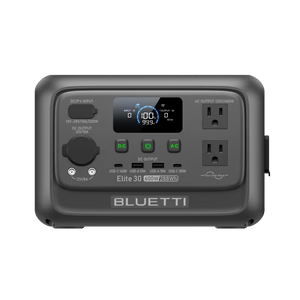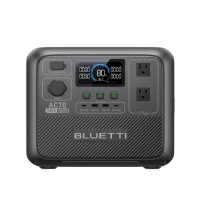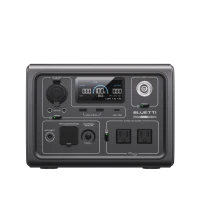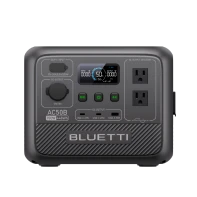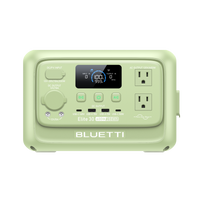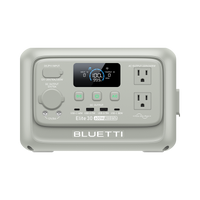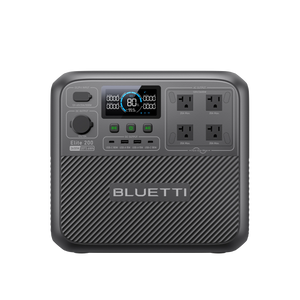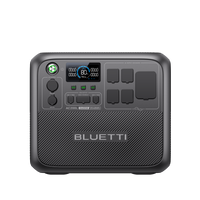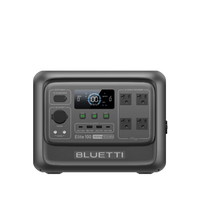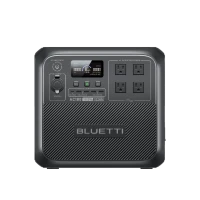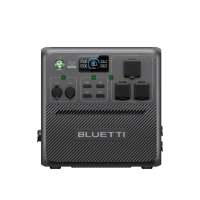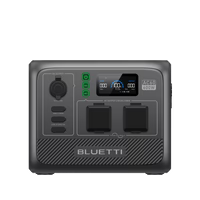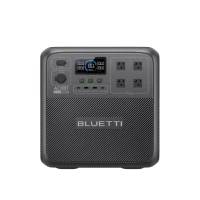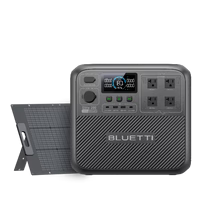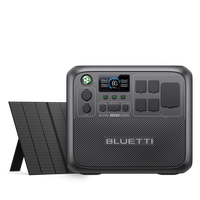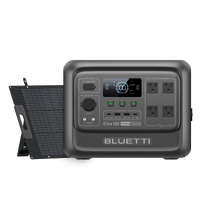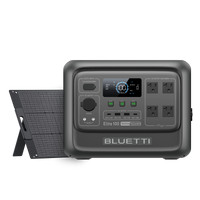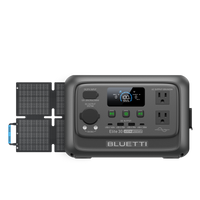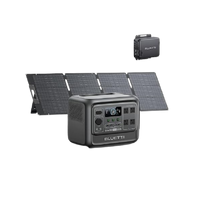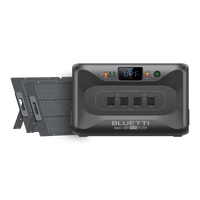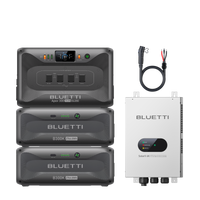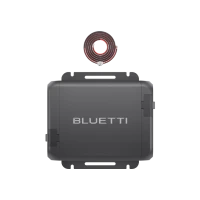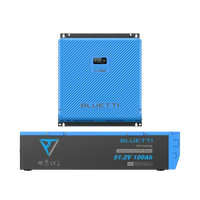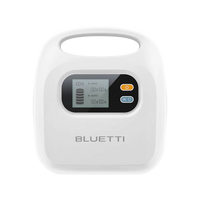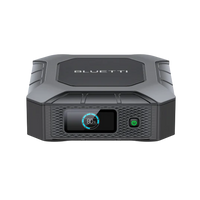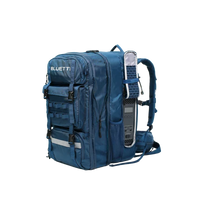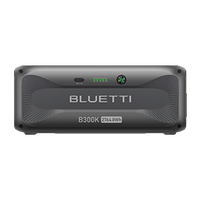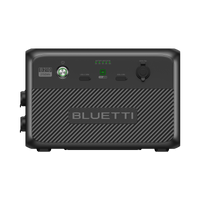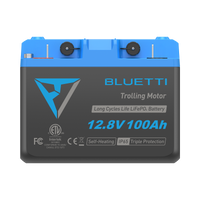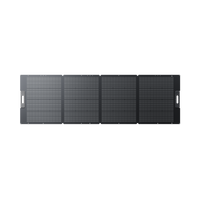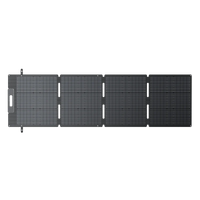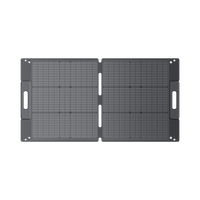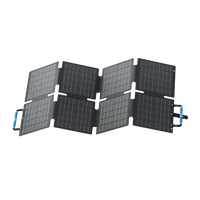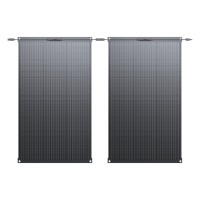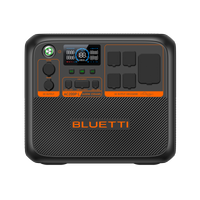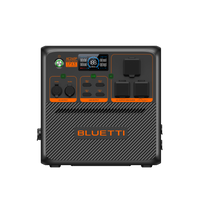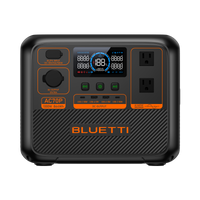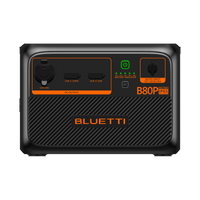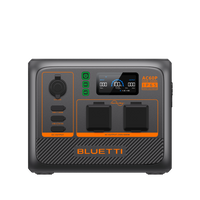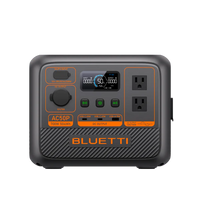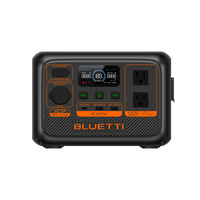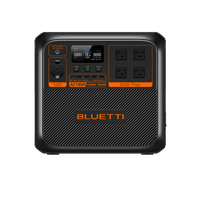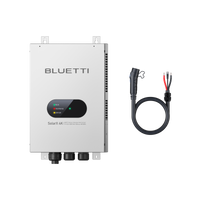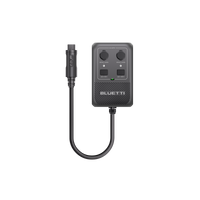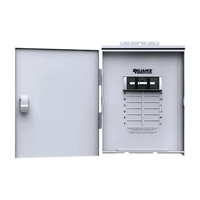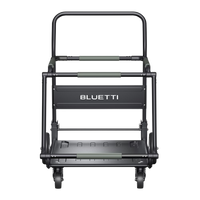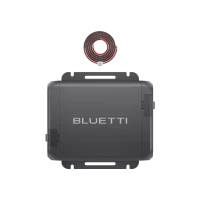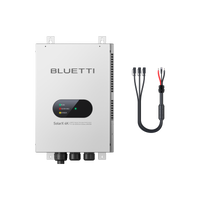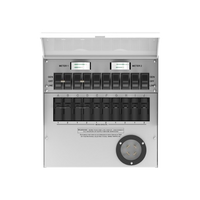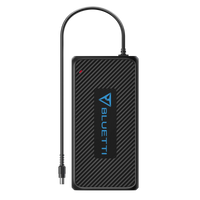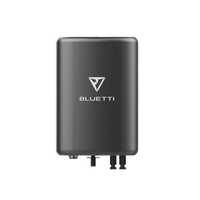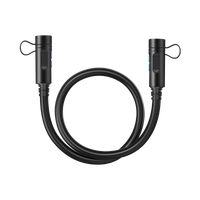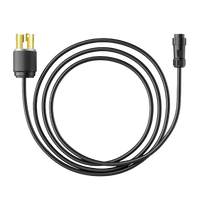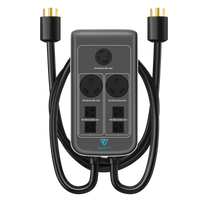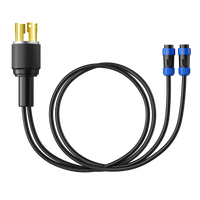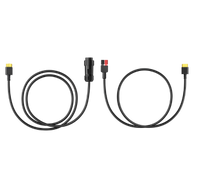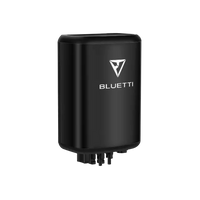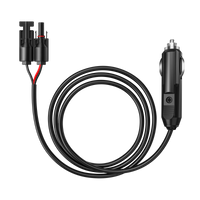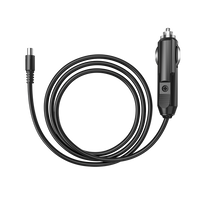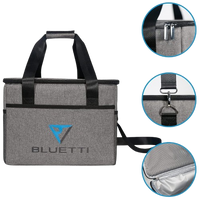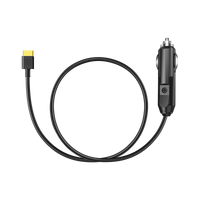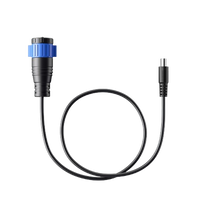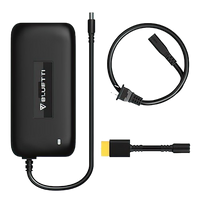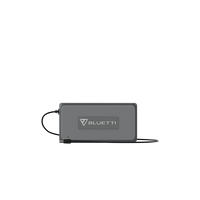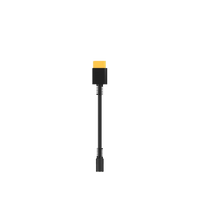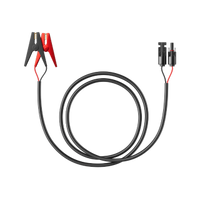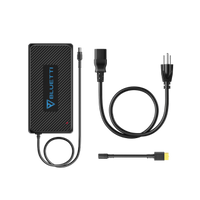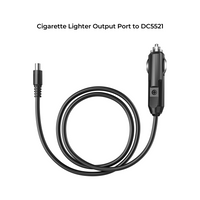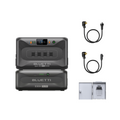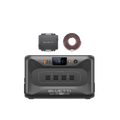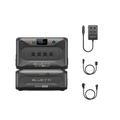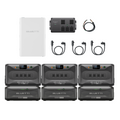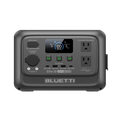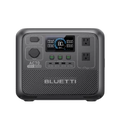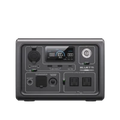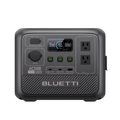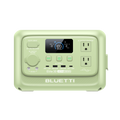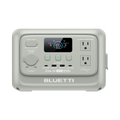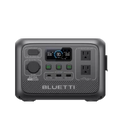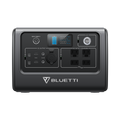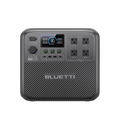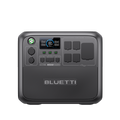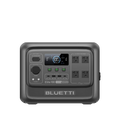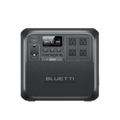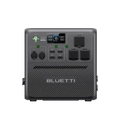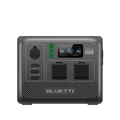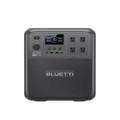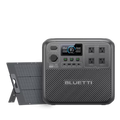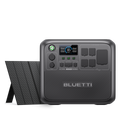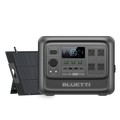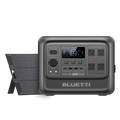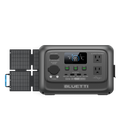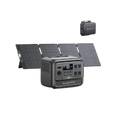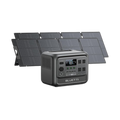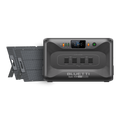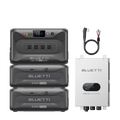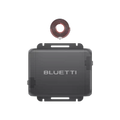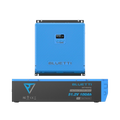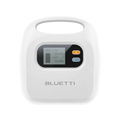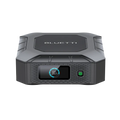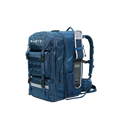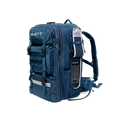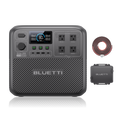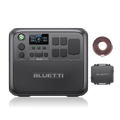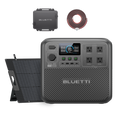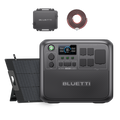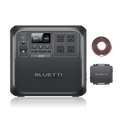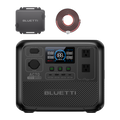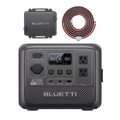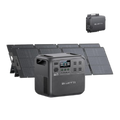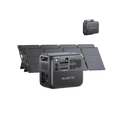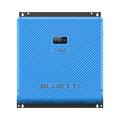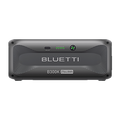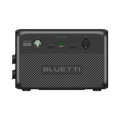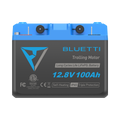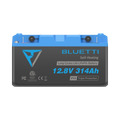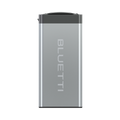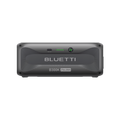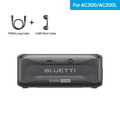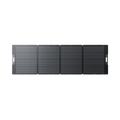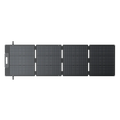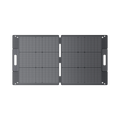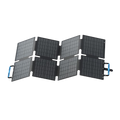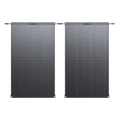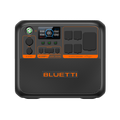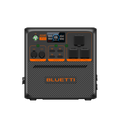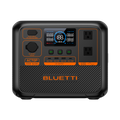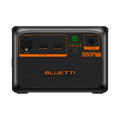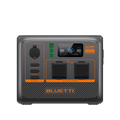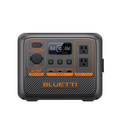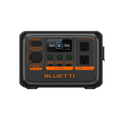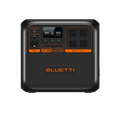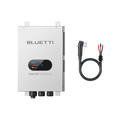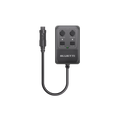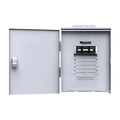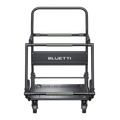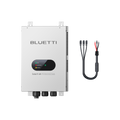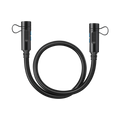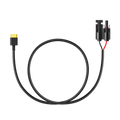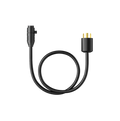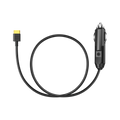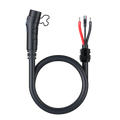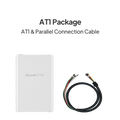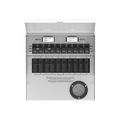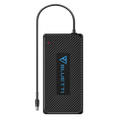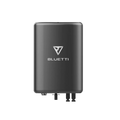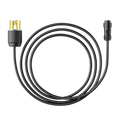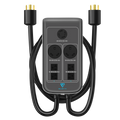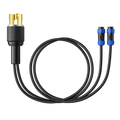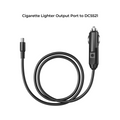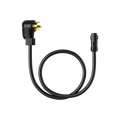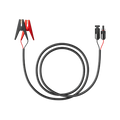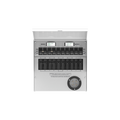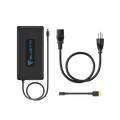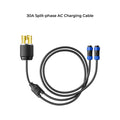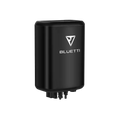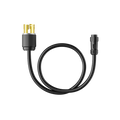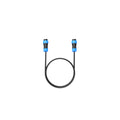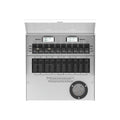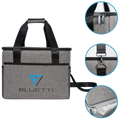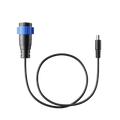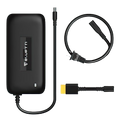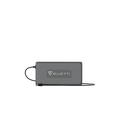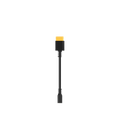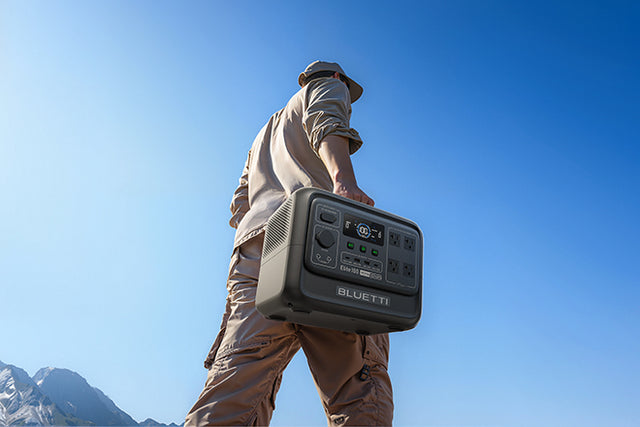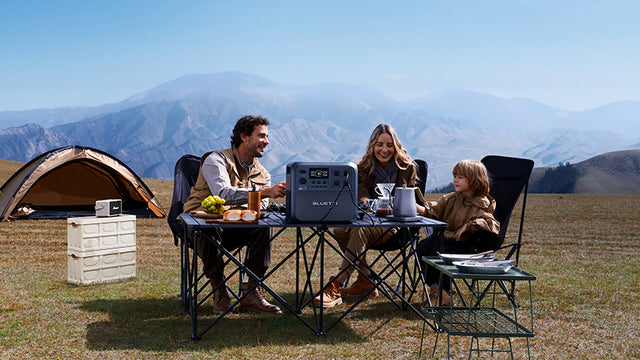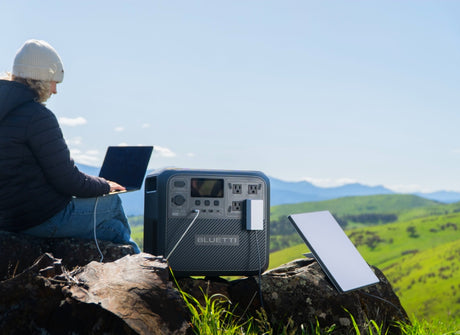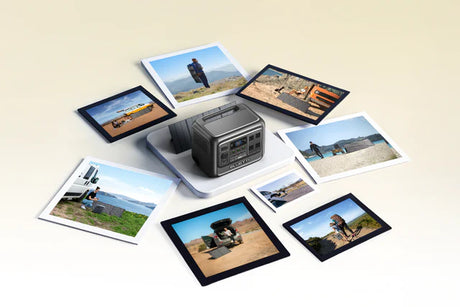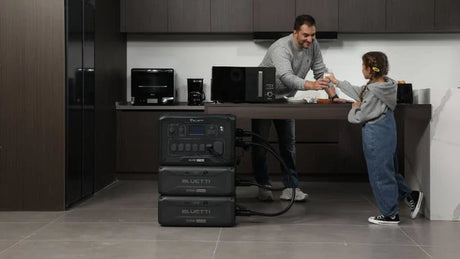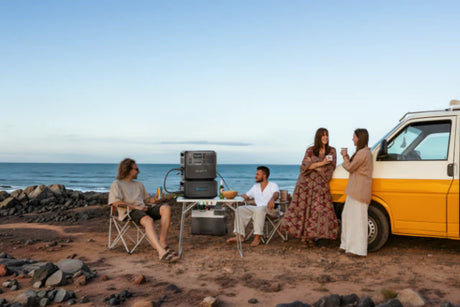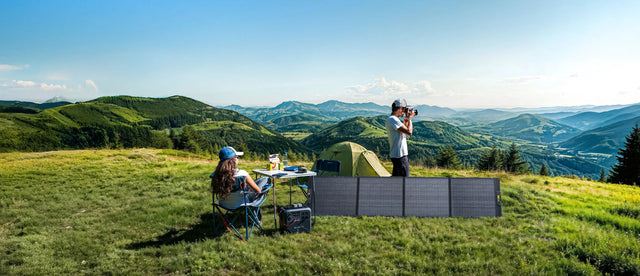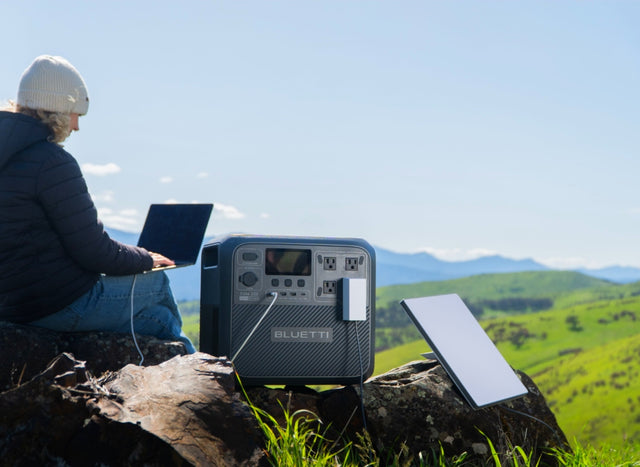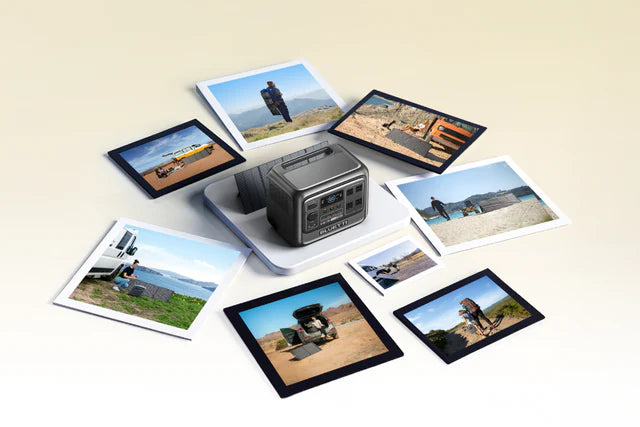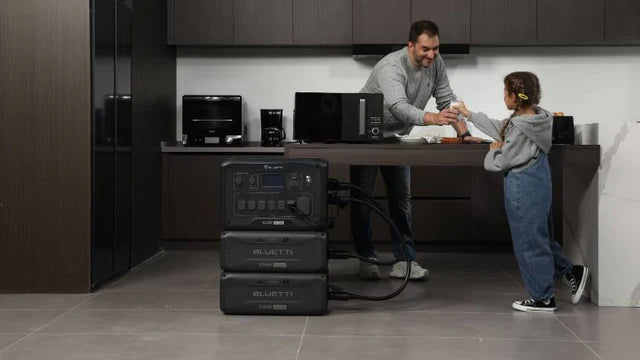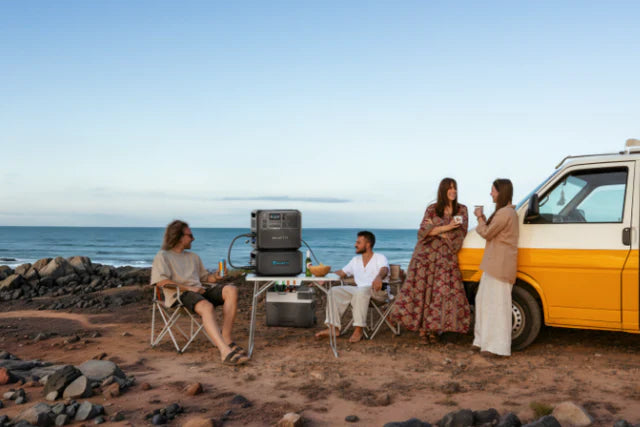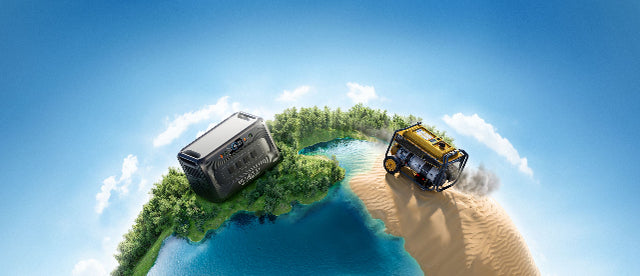In Canada, winter can chill you to the bone. The drop in temperatures means that our search for warmth starts again and nothing compares to the comfort of crawling under a warm heated blanket. But then that little practical, Canadian voice in the right side of your head asks, "Am I going to see comfort appear on my hydro bill?" And why wouldn't you ask? We all want comfort and don't want a terrifying surprise bill in the mail. The good news is you are going to realize that this question is quite simply answered, once you get familiar with two key concepts: electric blanket wattage and how do electric blankets work. It is not just about how warm you can stay, it is about how efficiently you can stay comfortable.
A Quick Overview of Energy Use from Heated Blankets
A heated blanket is a purposely made item for localized warmth and energy-efficient method for heating a person rather than raising the thermostat or heating space. Heated blankets typically use 50-200 watts of power based on their size and temperature settings. Compared to the heating above this is dramatically under what is used for heating. To provide a sense of scale, space heaters on average use around 1,500 watts, and whole house heating can require thousands of watts. When heat is provided directly to the person or bed use energy is not wasted and is a convenient method for Canadians to keep warm while controlling costs in an era of high energy prices.
Heated blankets are defined by their efficiency, where use and cost frequently can be much lower than typical heaters that heat rooms/bulk areas of home space. Heated blankets provide heat where intended. Their defined efficiency helps drive down electric blanket wattage. As provinces, such as Ontario, BC, and Alberta, face rising energy rates and an outlook for efficiency mandates from either provincial or local authorities knowing that heated blankets provide internal heating that is delivered with heating elements (usually thin wire) integrated into their manufacture, is usually directed to enhance the predetermined heating settings available to each different blanket.
Understanding "A Lot" of Electricity
When Canadians ask “do heated blankets use a lot of electricity?” We need to provide proper context for the term “a lot.” In electricity usage, we use watts. Heated blankets typically use a fraction of the electrical power used by other heaters. For example, if one heated blanket was 100 watts – it would take about one fifteenth of the energy of a 1,500-watt space heater. When heating an entire house with a central heating system, also known as a boiler, or hydronic heating, electric or natural gas, may use thousands of watts of energy to keep the house at a reasonable temperature. Therefore, while a heated blanket may be small in size, i.e. low wattage, it's winning in competitiveness of energy usage!
Heated blankets are efficient because they heat an individual, not a space. In a Canadian winter, with temperatures plummeting below -20°C in cities like Winnipeg or Edmonton, heating an entire house is simply a lot, in energy, with old homes particularly energy inefficient from poor insulation. With a heated blanket, your blanket, is heating you, whether you're curled on the couch in Vancouver or tucked in bed in Calgary. Targeted heating, equals less waste of energy, makes heated blankets attractive for anyone generally interested in reducing their hydro bills with zero comfort sacrifice.
Understanding Electric Blanket Wattage
To provide context on how electric blankets work and how much energy they draw, we want to unpack their wattage. Most will vary from 50w – 200w depending on size, manufacturer and heat settings. For instance, a smaller single-size blanket may be as low as 50 watts on low settings. Contrastingly, a king-size on high can reach up to 200 watts. Many electric blankets today have variable heat settings – low, medium, and high – to allow the user to choose their own preference and control energy efficiency.
For example, a blanket set on low (at about 50 watts) provides light warmth for pleasant evenings in Victoria or Halifax in September. Medium (100-150 watts) is great for colder nights and high setting (up to 200 watts) can be ideal for brutal winter nights in Saskatoon or Quebec City. Lastly, most heated blankets have auto-shutoff timers that take into account the average time it takes to go to sleep and turns off the blanket after around 8-10 hours of use, thus reducing energy in relation to stay comfortable. Electric blankets features for energy efficiency are good for options in Canada for staying warm and green.

Calculating the Cost of Using a Heated Blanket
Figuring out the cost to operate a heated blanket is quick to figure out, using this formula: kilowatt-hours (kWh) = (watts ÷ 1000) × hours used × electricity rate. In Canada, utility rates can vary by province and time of day, especially for customers who have Time-of-Use (TOU) rates, such as those living in Ontario. For example, if we have a heated blanket that has a consumption of 100 watts and that blanket is used for 1-hour duration, we have 0.1 kWh consumed. With Ontario’s off-peak price of approximately 8.7 cents per kWh (2025), that would be 0.87 cents per hour of use.
To provide some further insight, below is a table that estimates some costs in three Canadian provinces for a 100-watt heated blanket on some different settings.
|
Province |
Power Rate per kWh |
One Hour (Low) |
1 Hour (High) |
8 Hours (Low) |
One Month |
|
Ontario (Off-Peak) |
8.7 $ |
Less than half a cent |
About 1.7 cents |
Close to 3.5 cents |
~$1.00 |
|
British Columbia (BC) |
12.5 $ |
Nearly half a cent |
Virtually 2.5 cents |
Around 5 cents |
~$1.50 |
|
Alberta |
15.0 $ |
Nearly three-quarters of a cent |
Approximately 3 cents |
Around 6 cents |
~$1.80 |
These costs assume overnight, off-peak use, which is generally what heated blankets are used for. The estimated cost of using a blanket on "low" for 8 hours a night for a month is about $1.0 in Ontario, which as you can see is trivial, especially in relation to heating an entire home. Even if your hydro rates are higher in Alberta, your monthly cost would still be under $2. When combined with cheap electricity, the heated blanket looks like a good money-saving option for Canadians wanting to stay warm while not incurring huge energy costs.
Heated Blankets Compared To Other Heating Choices
Ultimately, the energy savings become obvious when you now decide if you should use a heated blanket or simply crank up your heater. Most Canadians rely on a central heating system, which means they will run an electric or gas furnace that, when turned on, will draw thousands of watts just to warm the whole house. For example, an electric furnace can draw/filter approx. 10,000-15,000 watts/hour! A gas furnace may be cheaper per use, but it too will pull significant energy to run exhaust fan to circulate heat throughout the house. A heated blanket only consumes a modest 50–200 watts, and applies warmth straight to you, massively reducing energy consumption.
Space heaters - another common option - typically pull 1,000-1,500 watts. Although they can effectively warm up a single room, a space heater uses far more electricity than a heated blanket. For instance, at 12.5 cents per kWh in British Columbia, 8 hours at 1,500 watts (maximum output) of heating results in a hydro cost of approximately $1.50 per night - which is over 30 times the cost of a heated blanket on low. For Canadians living in rural areas, or in older homes that have inefficient central heating systems, heated blankets can be useful, cost-effective way to stay warm without sending the hydro bill through the roof.
Will a Heated Blanket Increase Your Hydro Bill?
Canadian households use an average of 900 kWh per month, which increases in the winter when heating is required. A heated blanket, even if used nightly, makes a very small contribution to this average. A 100 watt heated blanket used for 8 hours per night, adds about 24 kWh to the monthly total, or about 3% of the average monthly household energy use. . In provinces like Ontario, where TOU billing results in off-peak rates for overnight use, were significantly lower.
To provide some context, let's compare an example of a family in Toronto who uses a heated blanket on a low setting every evening. As we showed above, their cost would be roughly $1.04 for the month which is significantly lower than using a space heater for a few hours each day which could add an additional $30-$50 to their monthly bill.
Does Sleeping under a Heated Blanket Every Night Use a Lot of Energy?
Surprisingly, sleeping every night under a heated blanket uses very little energy in each of the coldest months in Canada! If a typical blanket is on its low setting (about 50 watts) it uses 0.4 kWh over an eight hour night. If on high (200 watts) it used just 1.6 kwh every night. At these consumption levels, it would only cost you just a few cents no matter what province in Canada you live in! To maximize efficiency, you can preheat your bed for 30-60 minutes and then switch to low or the auto-shutoff feature. Don’t forget to service your blanket on a regular basis which keeps your blanket safe and operating at maximum performance; heating blankets are a usability -and energy-smart product to keep you warm throughout the long cold Canadian winters!
When Does Electricity Cost Start to Add Up?
Heated blankets are affordable, but there are scenarios when energy use can accumulate. Providing heating to a blanket for a long period of time on the highest setting (up to 200 watts) will, obviously, use more electricity. For example, in Alberta, heat for a blanket set to high for 8-hours nightly would cost about $7.20 each month; that’s minimal compared to most heating methods, but higher than the use at low level.
Households that have multiple heated blankets may also notice costs increase. If a family of 4 in Calgary had a heated blanket at about 100 watts for eight hours combined, their bill could be as high as $7.20 at the Alberta cost. Also, using a heated blanket during peak Time-of-Use or TOU (which is usually during the day in Ontario) will increase costs as families will be buying electricity at higher rates. To limit costs even further, always try to keep blankets out of peak hours and on lower settings whenever feasible.
Why Heated Blankets Work for Canadians
When it comes to staying warm in Canadian homes, heated blankets are one of the most energy-efficient options by far. The low wattage and zone heating of heated blankets mean Canadians can save on electricity and not rely on electricity-hogging heating systems or space heaters. For people who live in cities such as Ottawa or Regina that have severe winters, the heated blanket is a perfectly warm and personalized option that saves people from warming an entire room or home and the associated electricity costs. With the option to buy from retailers committed to using off-peak electricity rates at night and great features like auto-shutoff and modern efficiencies, Canadians will be sleeping peacefully with toasty warm feet and minimizing their hydro bills as much as possible.
Heated blankets offer great options for not only home use, but also events and recreational use, particularly camping at Algonquin Park, and RVing through the Rockies. Heated blankets are reasonably straightforward to incorporate with portable power options, such as BLUETTI's offerings, even in off grid situations when travelling in Canada. There are many options to keep your sleeping warm outside in a cooler climate.
Powering Heated Blankets with BLUETTI
BLUETTI Elite 100 V2
When Canadian campers, RVers, or anyone looking for backup power meet with the BLUETTI Elite 100 V2, they have the perfect partner for their heated blanket. The compact portable power station holds 1,036Wh. A normal 100-watt heated blanket will consume about 0.8 kWh over eight hours meaning, theoretically, having one full charge could keep it running for over 1,200 hours. It's only 22 lbs to carry, so it's manageable. The unit has several features for camping: it has the ability to AC, USB-A and USB-C outlets for charging phones, running lights, or small appliance power too! The Elite 100 V2 accepts 200W input from solar and includes a LiFePO₄ battery which are known for their long cycle life, they operate faster and safely provide you with convenience and freedom from power concerns for many years of adventure.
BLUETTI Apex 300
If you need some serious power, the BLUETTI Apex 300 is a complete game changer. With 2,764.8Wh of capacity and a maximum output of 3,840W, it can power multiple heated blankets and essential appliances through long outages in rural Northern Ontario or coastal BC with ease. Just one charge will run a 100-watt heated blanket for over 27 hours - more than enough time to keep your family warm and dry through a prolonged winter storm.
With 120V/240V dual voltage offers the ability to run heavy loads such as a refrigerator for 21 hours, microwave for nearly 5 hours. And if that's not enough, you can expand its capacity to 58kWh with additional battery storage, making it perfect for whole-home backup or the off-grid cabin in places like the Yukon. You can monitor real-time weather alerts before the storm hits and when the power does go out, there is the instantaneous UPS switchover so your heat won't flicker.
The Apex 300 allows you to embrace sustainable living as well. For those looking to rely more on green energy, pairing the Apex 300 with BLUETTI's SolarX 4K will allow for solar input of 30kW or more and significantly reduce your carbon footprint. Whether the weather brings a great storm in Halifax or you're enjoying a stay at a Whistler cabin, the Apex 300 allows you to rest easy with high-capacity power for all your comfort and energy needs.
Improving Off-Grid Comfort with Heated Blankets
Never leave your heated blanket’s cozy warmth behind at home. For Canadians who live for the outdoors, a heated camping blanket could be the little-known secret to magic moments when exploring the cold. Picture the wild beauty of winter camping can be enticing in Jasper’s frozen forest when every hair and surface is covered in a thick snow. There is no more rushing to pack up to and worried about how many layers of clothing to wear; our heated camping blanket powered by a BLUETTI Elite 100 V2 allows us to sit relax without warming up a noisy gas generator. Imagine an equally picturesque RV vacation along Nova Scotia’s Cabot Trail, where cool ocean breezes creep in at night. Thankfully, our BLUETTI Apex 300 has enough power to keep our heated blanket fully powered, along with lights for camp, and a kettle for boiling water for a cup of tea. It is also a huge value-add for both vacations or simply living off-grid in either a BC tiny home, or an Ontario cottage. Camping with a heated blanket in conjunction with a solar generator is the easiest way to stay warm all night long without the weight and mess of a propane heater or wood stove.
Safety/Efficiency Tricks for Anyone Relying on Heated Blankets
Imagine this blanket as similar to a good cup of tea. You want it to be warm. However, you certainly do not want the beverage boiling hot. With a little strategy and thought, you should be able to not only conserve energy, but maximize your heated blanket use, just like with a cup of tea. Your best bet is to consider your heated blanket as a kind of pre-heater for your bed. Turn it all the way up to high about half an hour before you crawl into bed. After you climb into bed, and you are warm under the covers, turn it all the way down to the lowest setting, or even off, and you will be surprised to how long your body heat, now trapped by the insulation will keep you warm. If you drift off, use the automatic shut off will work as a reliable but forgetful friend to make sure it won't turn on all night.

From time to time, you should give your blanket a quick moment of consideration. If you spot any frayed wires, peculiar hot spots or remember you've had the blanket since there was a snowstorm five years ago!, it may be time for a new heated blanket. A safe and efficient heated blanket is a maintained blanket.
If you are in Ontario or in another province with Time-of-Use hydro rates, your timing is everything. Those hours where you are the coziest, are also the cheapest! Running your blanket overnight during off-peak is a fabulous little hack that continues to keep cents in your pocket.
And for the ultimate peace of mind? Pair your blanket with a portable power sidekick such as a BLUETTI power station. Come storm, power down, or winter camping beneath the stars, a unit like the Elite 100 V2 can keep your personal warmth going strong, off of the grid. This is the smart Canadian way of making sure the cold doesn't have the final say.
Heated Blankets and Canadian Winters: A Summary
Heated blankets are a cheap and efficient way to remain warm in a Canadian winter, especially compared to the alternatives that use more electricity. Returning to power usage, heating blankets will usually use, 50-200 watts, significantly less than the alternatives, like space heaters or whole home heating, that were made to keep your entire apartment warm in Toronto, or cabin in the Rockies, not just your body. Furthermore, you'll get only targeted used heating at a cost that is still practical at the end of the month. If you're wanting to use a heated blanket while you're camping or let's say the power goes out during the chilly months, you can use the two together with BLUETTI's Elite 100 V2 or Apex 300 and have wonderfully warm, cozy nights while supporting sustainable energy solutions.
FAQ
-
How much does it cost to run a heated blanket each night in Ontario, British Columbia or Alberta?
In Ontario, an electric blanket set to 100-watt at its low setting would cost around 3.5 cents a night for 8 hours based on an off peak rate of 8.7 cents/kwh. In British Columbia (12.5 cent/kwh) it will cost approximately 5 cents, and in Alberta (15 cents/kwh) around 6 cents.
-
Do heated blankets cost more to run than a space heater?
No, they are much cheaper to run and use much less energy. Mainly, these fall under the 50-200 watts. In contrast, space heaters typically use between 1,000–1,500 watts.
-
Will a heated blanket substantially increase my hydro bill?
The answer is no, a heated blanket has a very minor effect on your bill. Using the low setting every night (and with nightly use) you can expect it to add about $1–$2/month to your bill. This is just a tiny fraction of an average Canadian household's 900 kWh per month....
-
Which appliance uses less electricity a heated blanket or a mattress pad?
Heated mattress pads use a little less electricity than heated blankets (40 - 150 watts), because they provide warmth applied directly to the body, however, they are both efficient options to other heating appliances.






